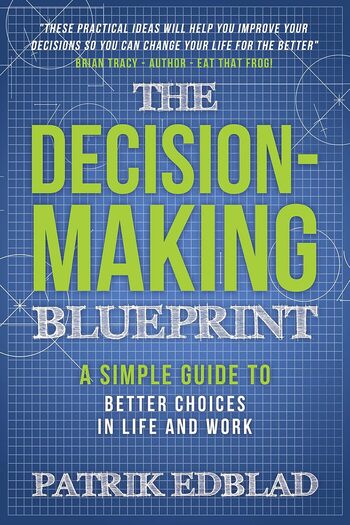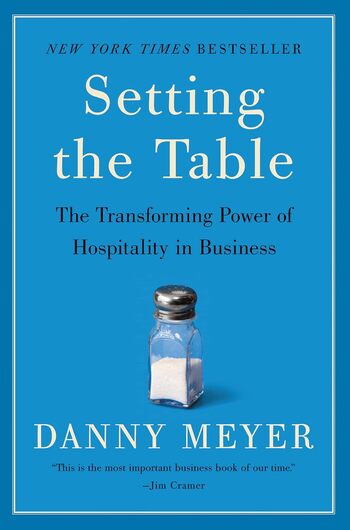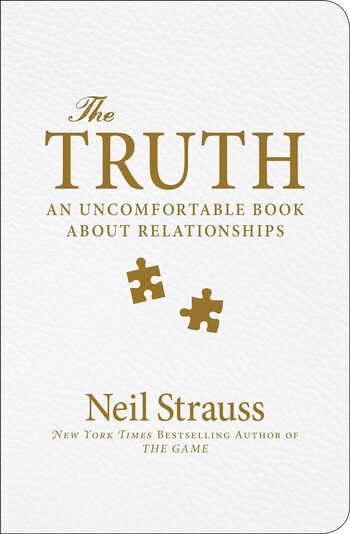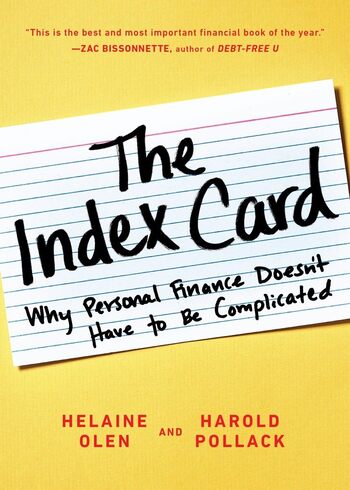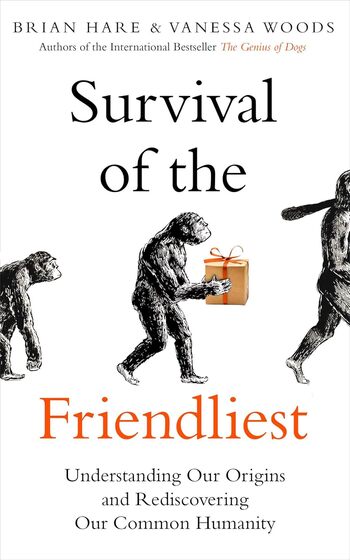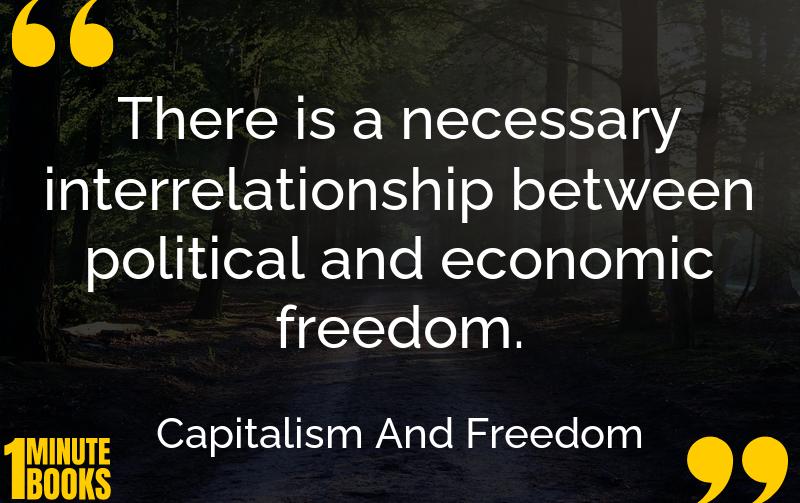
Milton Friedman’s ‘Capitalism and Freedom’ explores the deep interconnection between economic and political freedom, advocating minimal government intervention while addressing the benefits of capitalism.
Main Lessons
- Economic and political freedoms are deeply interconnected.
- Government intervention should be minimal, but necessary in certain contexts.
- The ‘neighborhood effect’ justifies some governmental roles, such as public schooling and parks.
- Certification requirements may serve as unfair barriers to entry in professions.
- The notion of paternalism includes unwarranted governmental oversight, as seen in social security.
- Capitalism works best when people act in their own best interest.
- Friedman suggests a negative income tax as a solution to poverty.
- The gold standard played a historical role in shaping currency policies.
- Private companies may struggle to quantify and charge for communal benefits.
- The book discusses the evolution of economic systems, including the suspension of the gold standard.
- Friedman expresses the importance of countering opposition and addressing all arguments fairly.
- A free-market system is underscored by economic self-interest driving individual and societal benefits.
- Education and community resources are seen as having extended community benefits.
